Useful information about Baikal
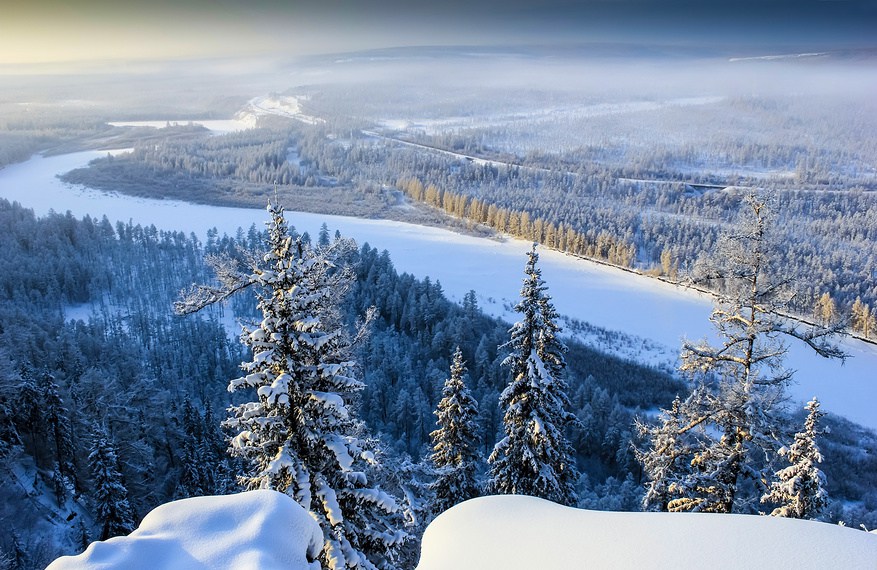
When you think of Siberia, you may think of punishment and exile, of barren tundra and vast expanses of nothingness – of a place of no return. But Siberia and Eastern Russia beyond the Urals are wild and wooded places of unimaginable beauty, whose cities glow with warmth and whose great UNESCO-listed Lake Baikal fills a rift in the earth’s surface that burrows five miles deep under 25 million years of sediment. Siberia is an emerging destination with a fascinating variety of cultural, adventure and natural tour itinerary possibilities. Companies offers customized programs throughout Siberia, including the cultured little city of Irkutsk; Ulan Ude, capital of the Buryat Republic; the gorgeous national parks and closely-knit communities of Lake Baikal (on the Circumbaikal Old Railway route, around sacred Olkhon Island and the remote Ushkaniye Islands and along the northern BAM Railway Route); Mongolian-influenced Buryatia; the permafrost city of Yakutsk; and isolated Tuva, once thought to be the most difficult place on earth to get to.
The Trans-Siberian Railway

Arrange travel for your group aboard the most legendary rail routes in the world. The Trans-Siberian Railway rolls briskly across seven time zones and 5,772 miles of taiga, steppe and mountain, pausing along the way in places that can bring the traveler face to face with the fascinating cultures of Russia.
Tuva
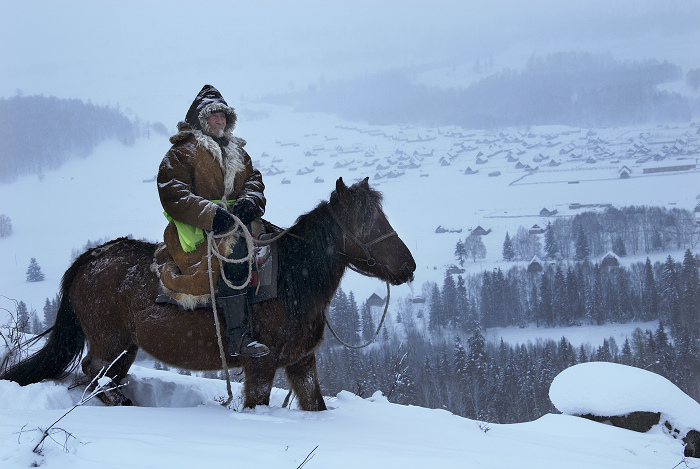
The semi-autonomous region of Tuva is a singular cultural destination whose ethnic Turkic population has been imbued with Buddhism, shamanism and khoomei, or throat-singing. Touristic companies regularly takes groups of travelers on excursions to meet Tuvan locals, experience a shaman ceremony and attend private concerts featuring the eerie sounds of Tuvan throat-singing.
Lake Baikal
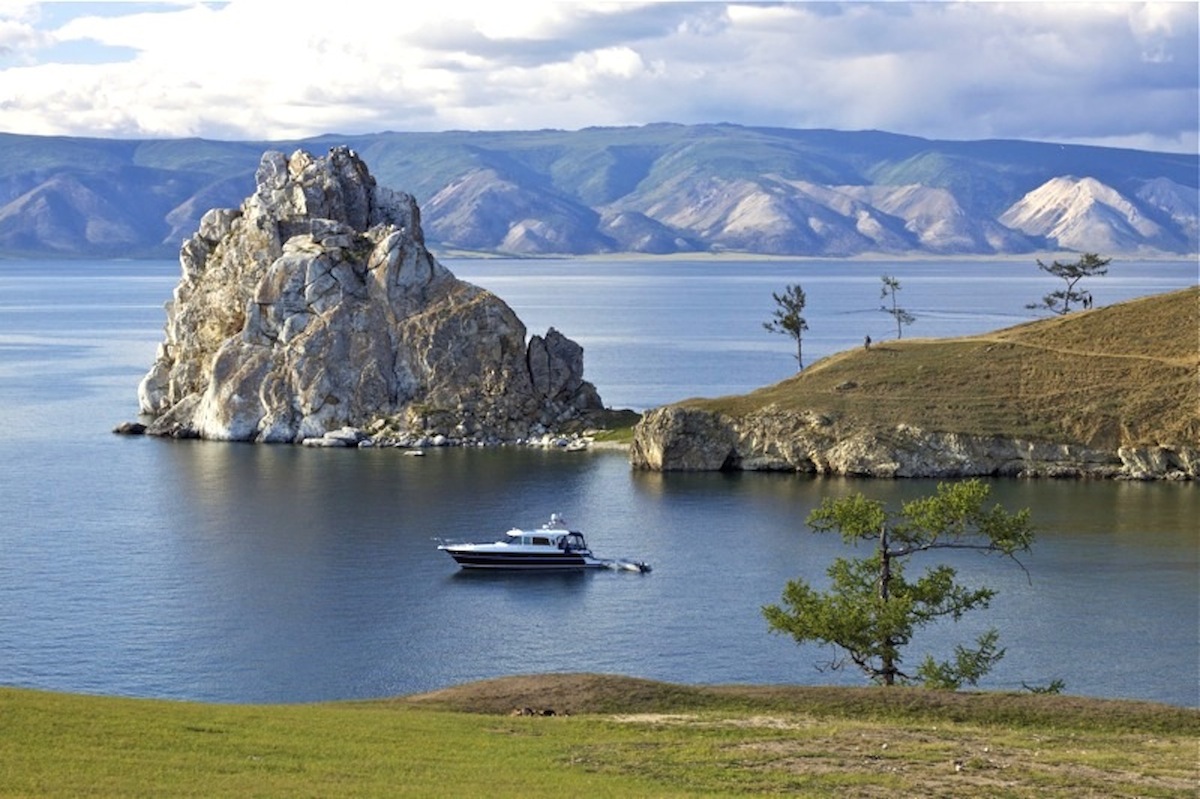
The deepest and most ancient lake in the world has a multitude of opportunities for every kind of traveler. The company can put together an outdoor itinerary with hiking and kayaking, introduce groups to experts studying the lake’s native wildlife (including the nerpa seal, a species found nowhere else on earth) and bring travelers to a village of Old Believers, whose isolation in Siberia has resulted in a culture preserved since the 17th century and a listing by UNESCO as a “Masterpiece of the Oral and Intangible Heritage of Humanity.”
Buryatia
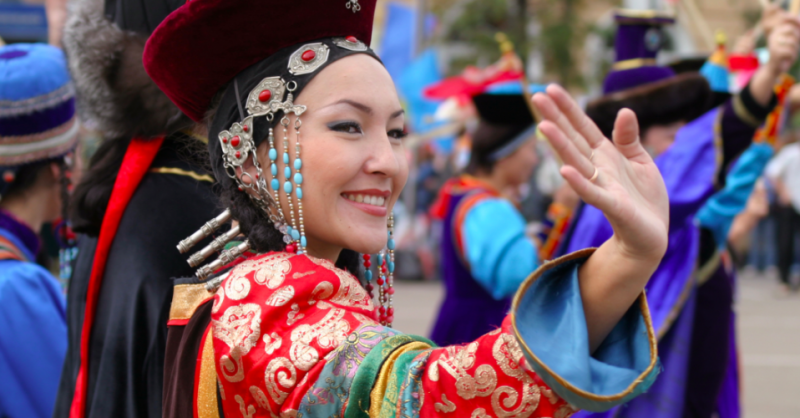
The indigenous Buryat people of the eastern Baikal region are closely related to Mongolians and share many of their spiritual beliefs and cultural traditions. Ulan Ude, capital of Buryatia, is the center of Buddhism in Russia, with a beautifully decorated datsan, or monastery.
Yakutia/Sakha Republic
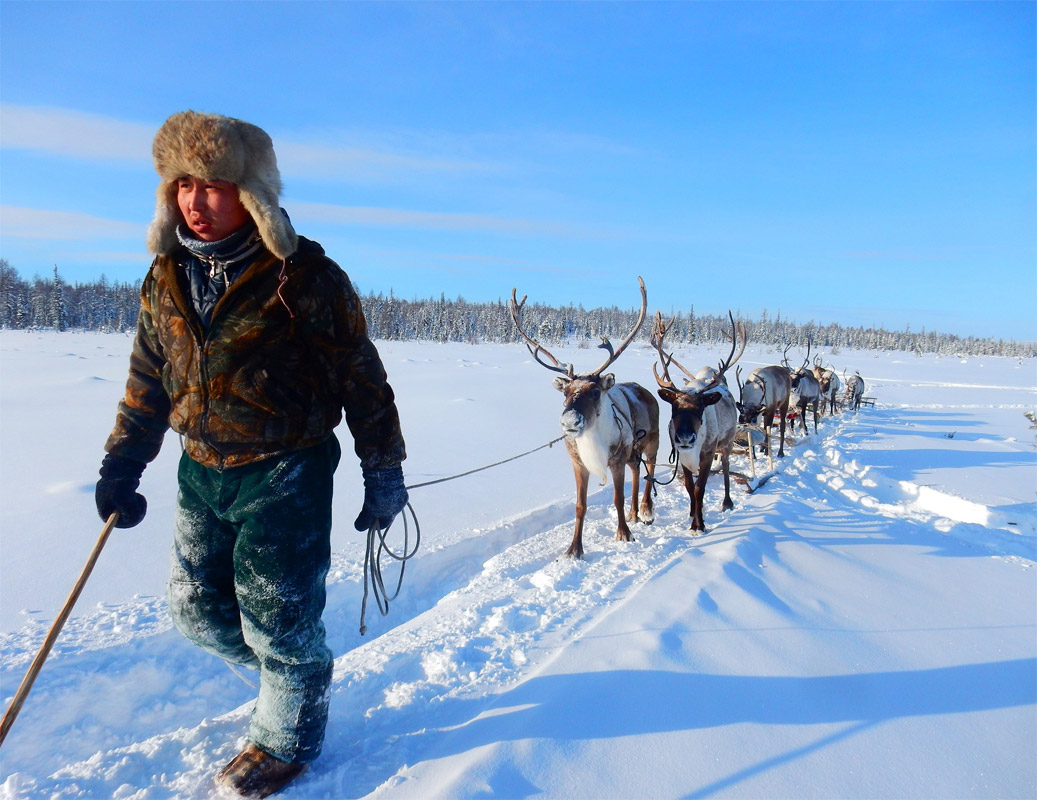
Land of permafrost, Yakutia’s layers of frozen earth have preserved the flora and fauna of millennia. Most famously, over 150 mammoths were found here in a place that came to be called Berelekh Cemetery.
